We will learn about: what is a game; what is play; basic game elements; design tools for emotional design; systems dynamics; emergence.
Visceral design, behavioral design, reflective design
Visceral design is what nature does, which dominates physical features, and has hte same rules all over the world; it is about initial reactions, can be studies quite simple by putting people in front of a design and waiting for reactions, is all about immediate emotional impact.
Behavioral design is all about use, which is the aspect practitioners focus upon, function comes first; behavioral design is to understand how people will play a game, applying user-centered design; like human-centered, focusing upon understanding and satisfying the needs of the player; it has to be a fundamental part of the design process.
Reflective design is all about the message, culture, the meaning of the product or its use; evoking personal remembrance, which is all about long-tern experience.
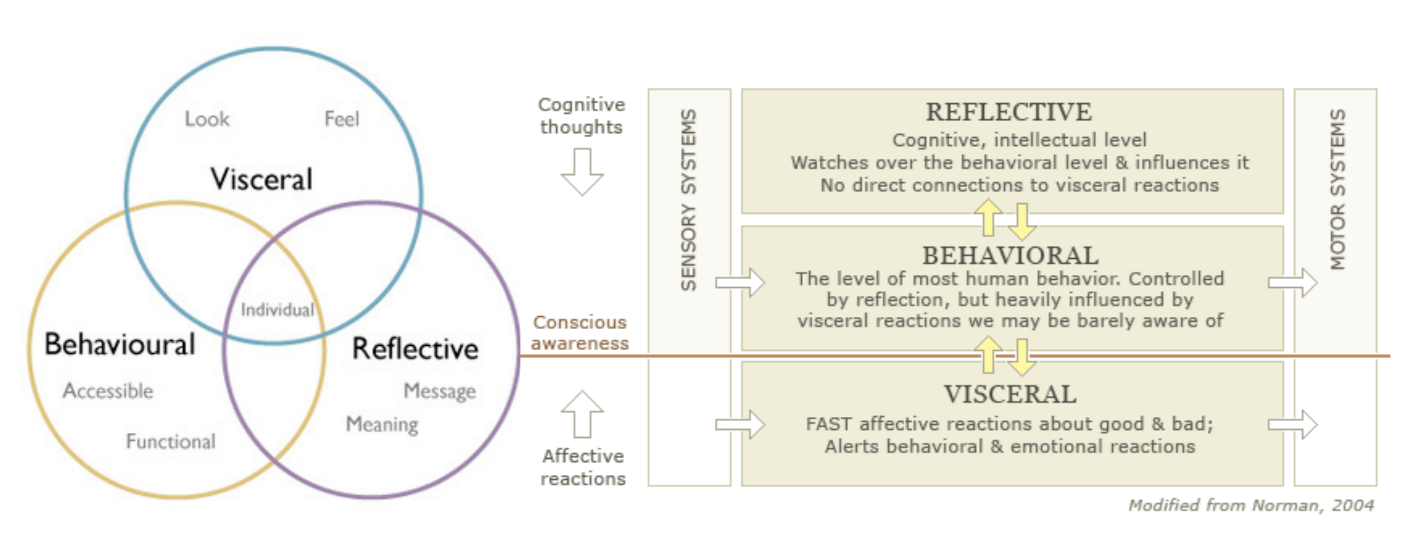
What is a game?
Game is all about: actions, rules, goal, objects.
Actions: it is the activities players can carry out in pursuit of goals.
Goals: it is the outcome players try to achieve through play.
Rules: it is the instructions for how the game works.
Objects: it is the things players use to achieve the game’s goals.
Playspace: the space, defined by the rules, on which the game is played.
Players: operators of the game.
Second=order design: what we create through rules, actions & goals.
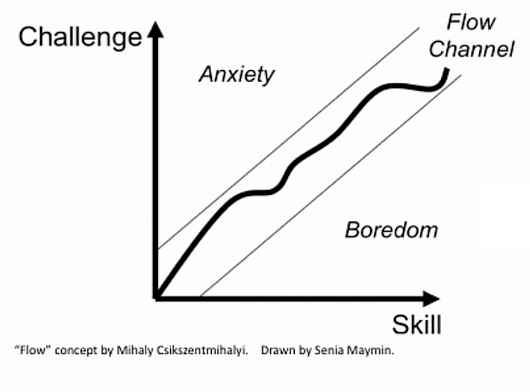
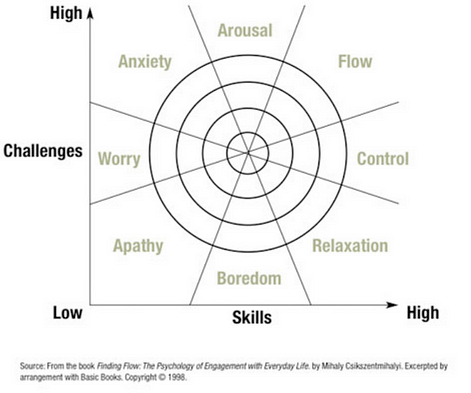
Play is this struggle between order and chaos, between the will to create and the will to destroy; play is carnivalesque, equilibrium between creation and destruction in the embodied laughter; play is appropriative, can take over the context it is embedded within. Dark play is an exploration of the wild side of play in which players decide to engage in an activity, like Camover, to force an emotional response in those who do not recognize they are actually playing.
Play is autotelic - an activity with its own goals and purposes, with its own marked duration and spaces and its own conditions for ending. The main difference between play and playfulness is that play is an activity, while playfulness is an attitude; playfulness glues together an ecology of playthings, situations, behaviors, and people.
Emergence and systems theory
Larger systems arise through interactions among smaller or simpler systems such that the larger systems exhibit properties the smaller/simpler entities do not exhibit.
Systems theory is the interdisciplinary study of systems. A system is a cohesive conglomeration of interrelated and interdependent parts that is either natural or man-made.
- Spatial and temporal boundaries
- Surrounded and influenced by its environment
- Described by its structure and purpose or nature and expressed in its functioning
- Change one part of the system usually affects other parts and the whole system, with predictable patterns of behavior
- For systems that are self-learning and self-adapting, the positive growth and adaptation depend upon how well the system is adjusted with its environment
Games as systems of rules(mechanics) which come together to create system dynamics; focus on the actions and interactions between parts, games create play which in turn generate physical, intellectual and emotional responses (visceral, behavioral, and reflective response.)
Types of play in games
Competive play
Some players win, some lose:
- Player vs Player (Head to Head)
- Player vs Game
- Asynchronous Competition (players playing alone together / leader board)
- Symmetrical Competition (balanced abilities)
- Asymmetrical Competition (different actions, goals)
Local multiplayer - games are played in groups together in a room, often (but not always) these games become strategy games.
Cooperative play
Players work together to solve the game’s goal:
- Symmetrical cooperative play (same actions, same skills)
- Asymmetrical cooperative play (different skills same goal)
- Symbiotic cooperative (players reliant on one another to play the game)
Skills based play
Game which use player skill development in the pursuit of the game’s goal:
- Active skill (physical)
- Mental Skill (psychological)
Experience based play
Players experience the game through exploration, engagement, unfolding story.
- This kind of game is only best experienced. It’s often an poetic expression of a situation which must be embodied or lived.
- Procedural knowledge based games which requires the experience be lived to be understood.
Chance & uncertainty play
Players use and develop strategies to win:
- Games which are total chance remove decision making from player experience
- Uncertainty is key to designers as it adds dynamics to the system and often can cause players to evolve strategy. A good use of uncertainty can increase flow in a game.
- Games which are just chance often lack a feeling of control or player agency.(Games with much chance with a fixed outcome can become dull to play)
Role playing
A game that generates story through player inhabiting different roles in a world with an often large possibility space.
- Games of emergence: the space of possibility allows players to enact actions, objects and rules in playspace from which can emerge qualities beyond the scope of the game itself.
- Games of progression: games which have a limited set of options pushing players towards a predefined ends.
Performative play
A theatrical form of play which generates dramatic action and often includes a good deal of player improvisation, can generate conscious or unconscious performance, often as fun to watch as play.
Expressive play
Play which expresses an idea or a concept or an emotion.
- Subverts player choice in an effort to comment on the hunman condition
- Expressing feelings about situations and experiences.
Simulation play
Play which portrays a system or some element of it in order to provide a perspective into that system or a point of view from within the system.
- Top down or bottom up perspective: Top down = structured, institutional view; bottom up = personal point of view.
- Both use point of view as a tool to give us a glance into the mechanics of a complex system.
Sending information vack to the player about what action has actually been done and what result was accomplished.
Common feedback
Visual, tactile, sound, smell, taste.
Feedback ripe for exploration: balance, pressure, breathe, pain, hunger, fatigue, itch.
Compton-Smith’s five characteristics of successful interaction
- Mental Models - the player understands how the game should work and teh game possibility space.
- Feedback - the game provides reassuring feedback to the player knows they have effected change in a positive way.
- Consistency - consistently and logically builds as the player learns.
- Intuitiveness - allows the player to focus on the play experience vs the contrls.
- Navigability - clear and well designed path through the play experience
Iterative game design is all a process.
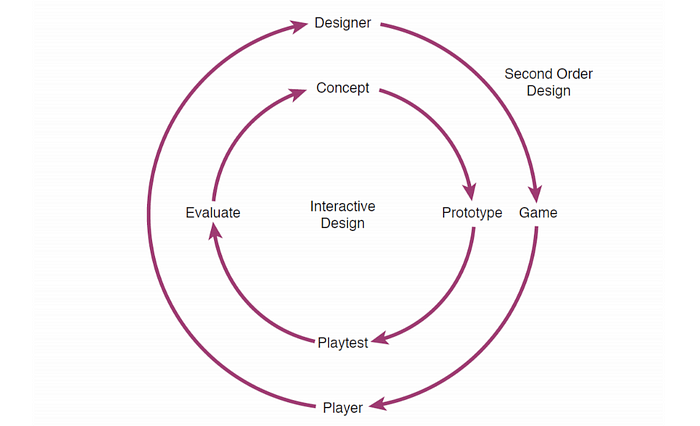
Shawhart’s process
PLAN: identify the problem that needs attention.
DO: design a solution to the problem.
ACT: repeat the cycle as needed. Study to find problems with the design solution.
Dryer’s process
THINK: consider problem, then potential solutions.
SKETCH: Devbelop simple explorations to test solution.
SHOW: share and get feedback.
EVALUATE: reflect on solution.
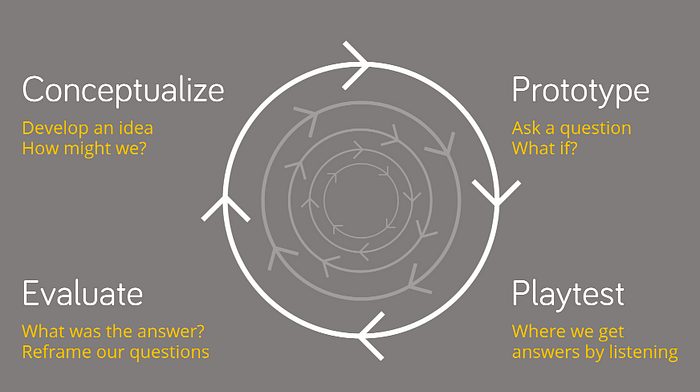
My First Game!
This is a simple adventure game.
First we created a character that can move and jump. Realize animation effects through frames.

This is the role tested in unity.
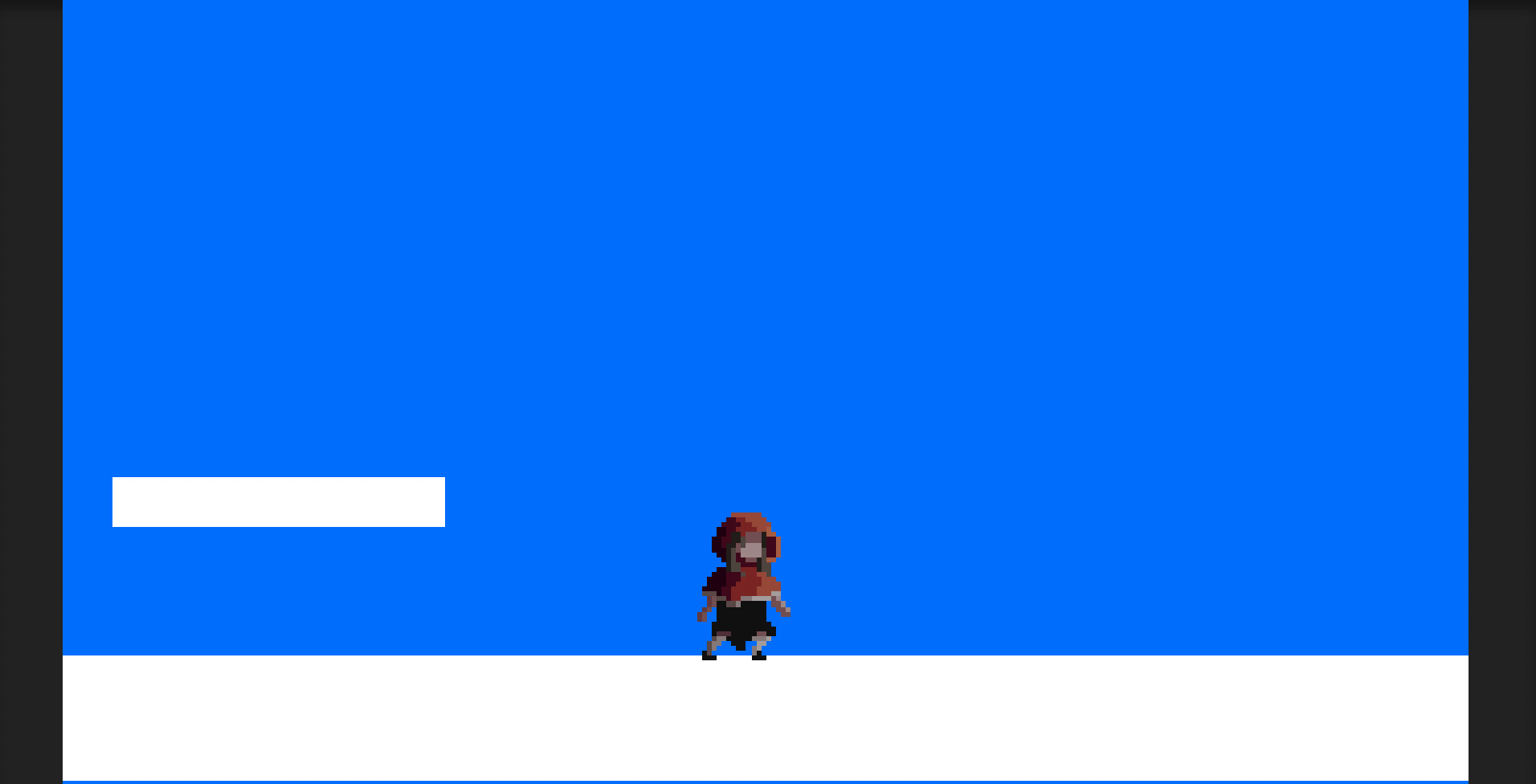
Use textures to build our scene.
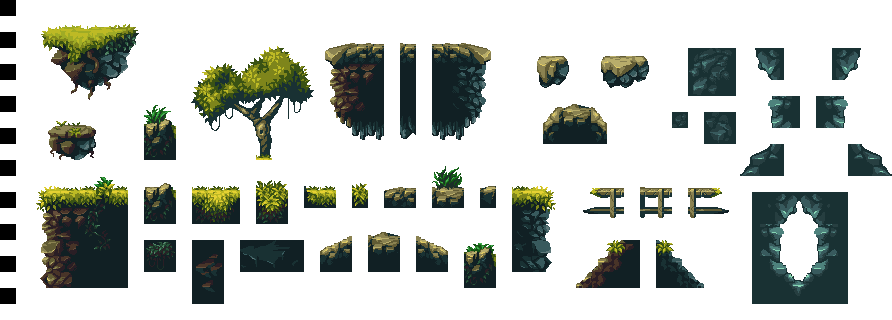
We also added some other characters in the scene, as well as apples and props that can be picked up.

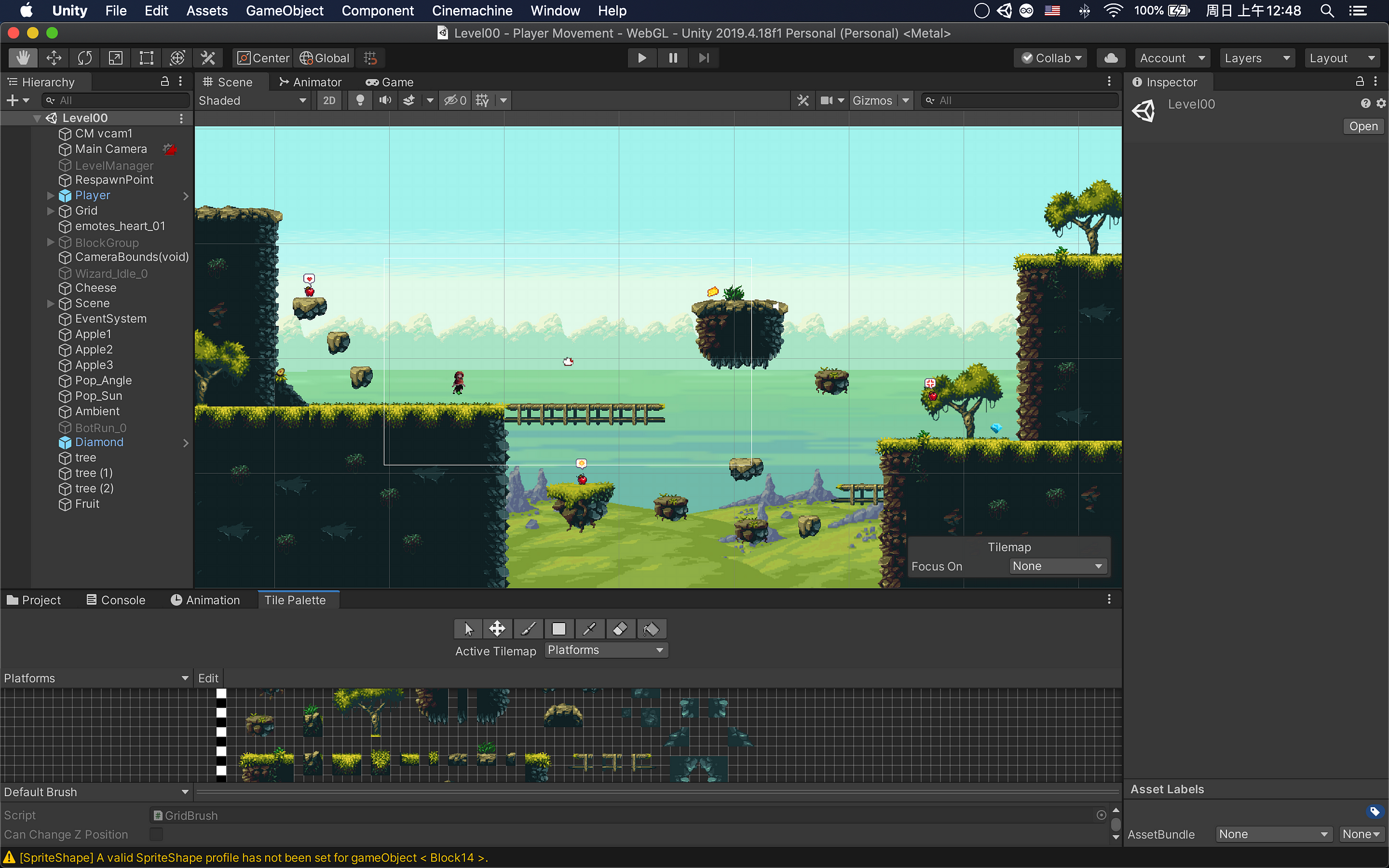
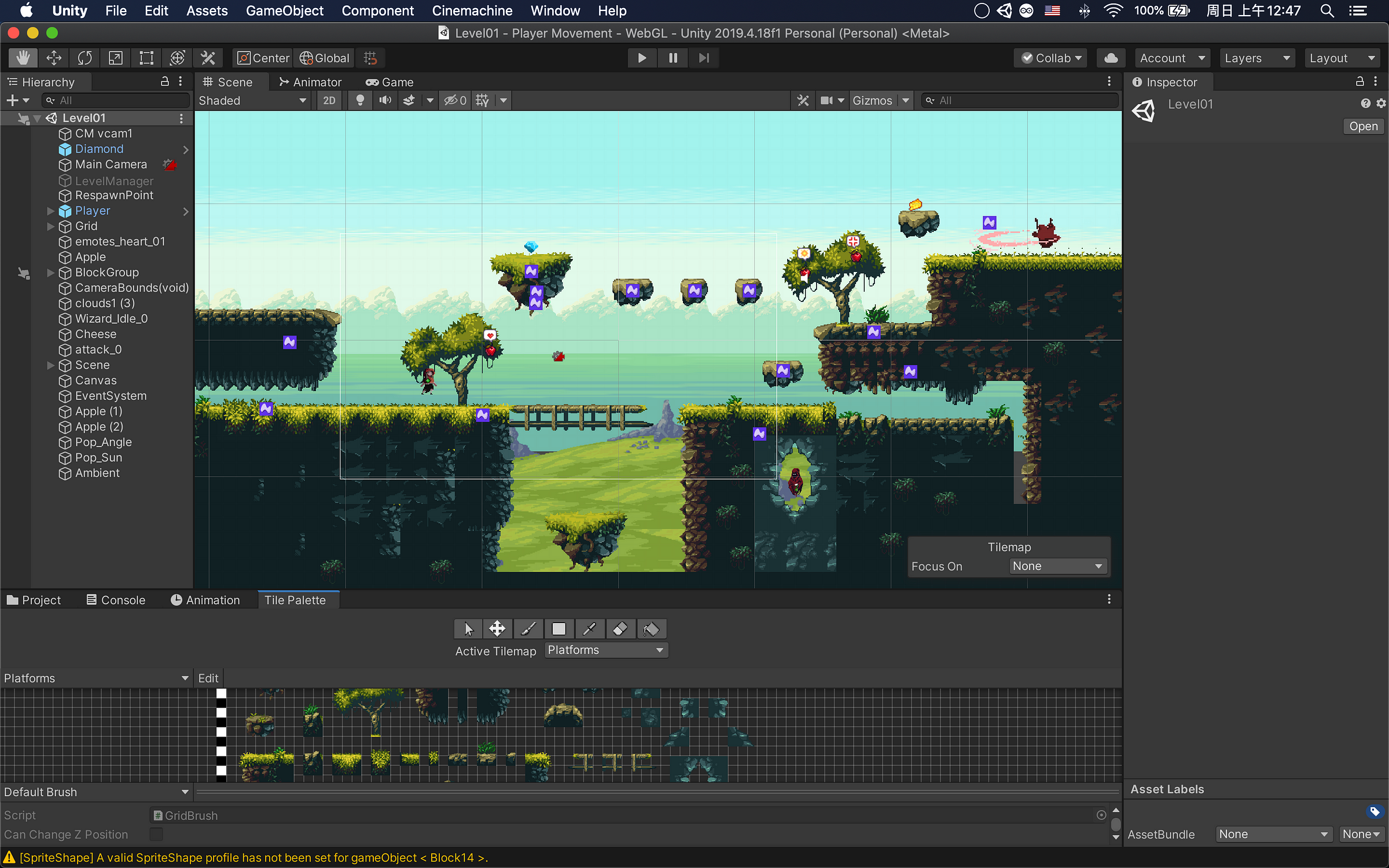
You can find this simple game on itch.io. To be honest, I learned a lot during the production process, which allows me to have a deeper understanding of the development process of a game.
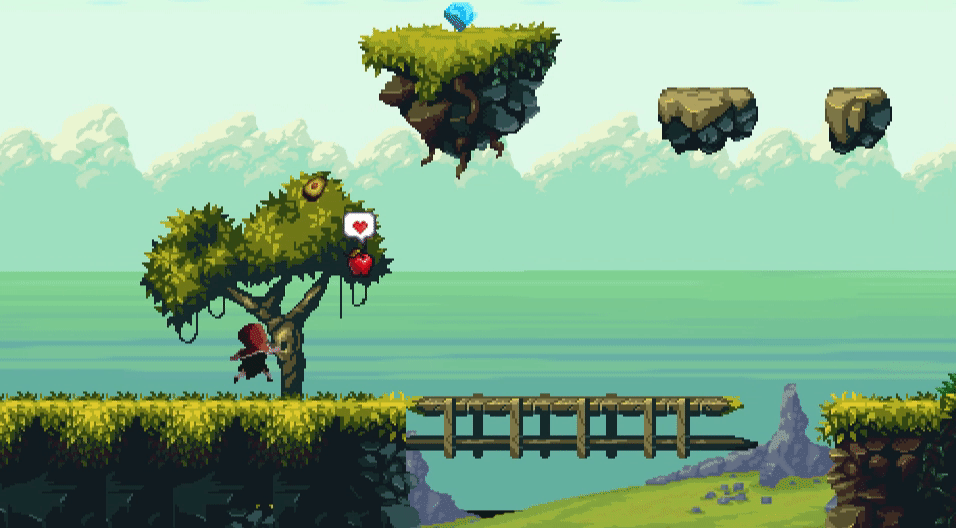
GameArt:
Magic cliffs environment - ansimuz
Red hood pixel character - Legnops
Button - Mikiz
Sci-fi character - Penusbmic
Pixel food - Henrysoftware
BGM:
Cute loop ambient - Deadrobotmusic
gameMusic - Magntron
Magic cliffs music - ansimuz
About this Post
This post is written by Siqi Shu, licensed under CC BY-NC 4.0.